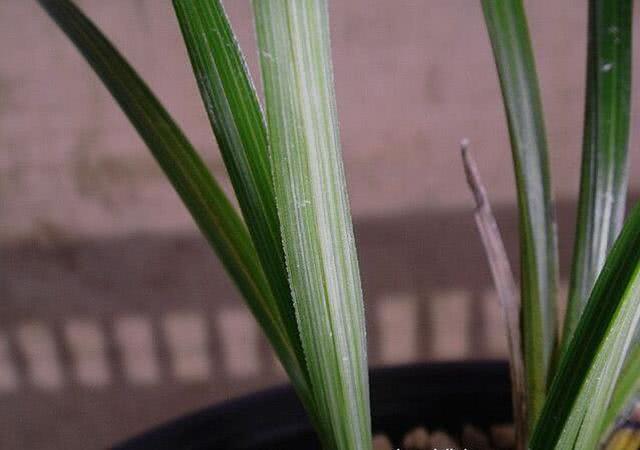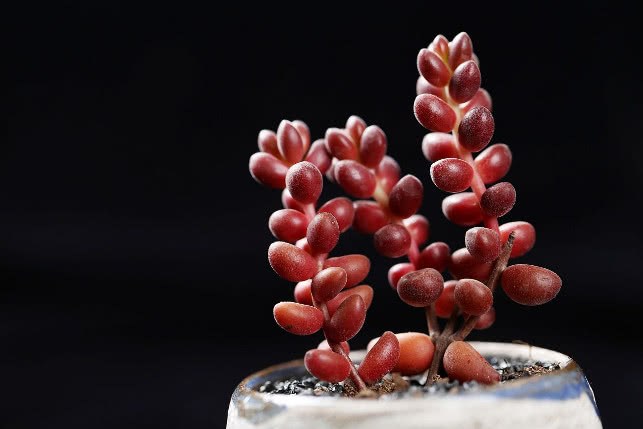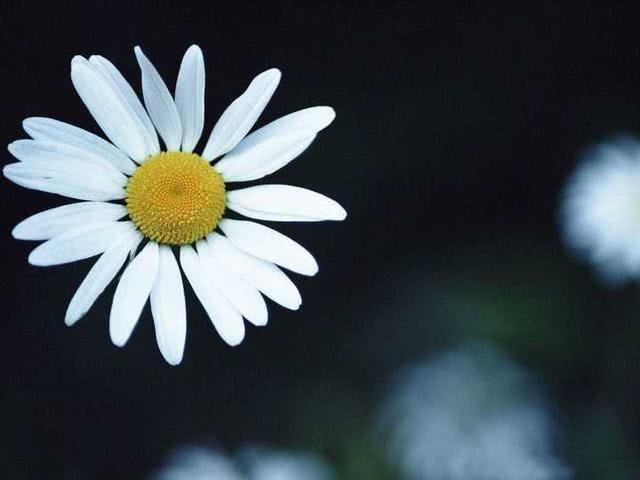Orchid leaves and silver understand the practical information of orchids.

The probability of orchid production is very low, unless your orchid itself has potential characteristics, such as silver on the back of leaves, especially the dragon root seedlings rich in silver, as long as a good silver emerges, this grass will certainly evolve an amazing state of art. but many new orchids can not tell what is silver, we take you to know the leaf silver of orchid grass!
1, the amount of pink silver, pink silver generally refers to those things that have not yet reached the formation of silver wire. It is shown that there is a layer of gray-white things on the front or back of the orchid leaves, just like blowing gently with lime, but not the dirt on the surface, but a kind of gray things that cannot be washed off by water, if there is much more pink silver, it will form a layer like pork, which will play an important role in the formation of art in the future.
2. Silver and its location, face silver and back silver, not just silver. Silver should be fine and dense. For silver, the more the better, the denser the better, and the finer the better. Most of the silver is stored in the place where the tip of the orchid leaf lives 1-2 cm below the foot of the leaf. If a large amount of silver is seen in this place, then the grass has to be taken. Good silver is not only noodle silver, but also has a performance on the back silver. As long as it is shown at the same time, this kind of grass has to be taken, which may be more promising than an obvious line art!
3. Back silver: the silver thread grows on the back of the leaf. With the method of direct vision, the floating line can be seen at a glance. Each floating line seems to be arranged by countless dots, and the dots and dots are not connected to each other. The white or pink dots like lard are opaque. Usually the silver thread should be powdery and float on the back of the leaf, but it is affected by various factors. That is, the formation of silver, yellow silver, black silver (group silver), floating silver, Shen silver, etc., the amount of back silver is an index to identify the evolution of leaf art, some green leaf products also have the appearance of back silver, and good art grass has back silver, but back silver does not mean that good art grass can evolve. Both the front and back of leaves are called double-sided silver!
4. The distribution structure, mobility and aggregation of silver. If there is silver in the orchid leaf, it may not necessarily evolve well. Some silver can never grow good art, and some silver can grow art very soon. The reason may be related to the distribution structure, flow and aggregation of silver. Looking at the stones in the river can inspire us. The bigger the stone is, because it cannot be affected by the current, it will always be a messy beach. This may be the saying in the book about ten thousand years of silver. If the stone is so thin that it becomes river sand, a sand belt will be formed after the current. This may be the truth of silver in orchid leaves. Silver can flow if it can flow, and if it can flow, it is possible to gather, and if it can gather, it can form an art band, and Ye Yi can be cultivated. According to the observation in practice, this is the way that fine silver can flow and gather together, and the intersection of multiple fine silver is the gathering place, gathering into small coarse silver of different shapes, that is, watching silver flow and agglomeration.
We found orchids with such characteristics in the mountains or downhill orchids, please do not let go, good cultivation, will certainly let you have an unexpected effect, experienced orchids often have to turn over the back of the leaves, look at its back, its back silver fog is thick, dark mute silver light can often produce filamentous white thread. While the filamentous white thread art is more and obvious than the strip, block line art grade is higher, such as the original species individual leaves have a sweep or some silver edge or some invisible white lines in the leaves, and the back silver fog is thick, the mesophyll is thick, the vast majority of line art evolution is very good, will be more and more complex, and more filiform, linear art, that is, high art, its petals are also thicker, the color is also better. On the contrary, if the leaf already has some thread art, the "silver" on the back of the big leaf is very little, and the leaf is thin, then it is difficult to produce high art, and its artistic orientation does not change much, and many grasses do not appear in the first generation. Such seedlings only appear in the second generation or even the third generation will also have extraordinary performance. If you choose such grass from the grass down the mountain, you will win the big prize. This is also the common hope of our friends playing orchids. Author: Mei Fei, founder of Orchid Bar Forum, Secretary of Orchid Association of Jingshan City, Hubei Province, online celebrities of orchid industry on major self-media platforms! I will publish orchid knowledge and pictures every day, take you in-depth understanding of orchids, teach you to easily raise orchids, you can always ask me or leave a message below if you don't understand orchids, if you like, you can follow me or collect or forward to help others!
- Prev

These eight kinds of succulent plants are as lovely as beads of various colors. How many do you know?
Succulent plants are a very magical species, and their appearance is ever-changing. Some are like flowers, some are like bear claws, some are like rabbit ears, and some are like cloth bags. Among these various succulent plants, there is such a group.
- Next

Do you know the way for chrysanthemums not to blossom for a long time?
As a symbol of elegance, chrysanthemum represents noble sentiment and elegant feelings. Many ancient poets especially like to quote the intention of chrysanthemum, or express their willingness to return to the hidden mountain field, such as Tao Yuanming, or show.
Related
- Wuhan Hospital Iron Tree Blooming Result Was Instantly Frightened by the Gardener Master
- Which variety of camellia is the most fragrant and best? Which one do you like best?
- What is the small blue coat, the breeding methods and matters needing attention of the succulent plant
- Dormancy time and maintenance management of succulent plants during dormancy
- Minas succulent how to raise, Minas succulent plant pictures
- What are the varieties of winter succulent plants
- How to raise succulent plants in twelve rolls? let's take a look at some experience of breeding twelve rolls.
- Attention should be paid to water control for succulent plants during dormant period (winter and summer)
- Watering experience of twelve rolls of succulent plants
- Techniques for fertilizing succulent plants. An article will let you know how to fertilize succulent plants.

